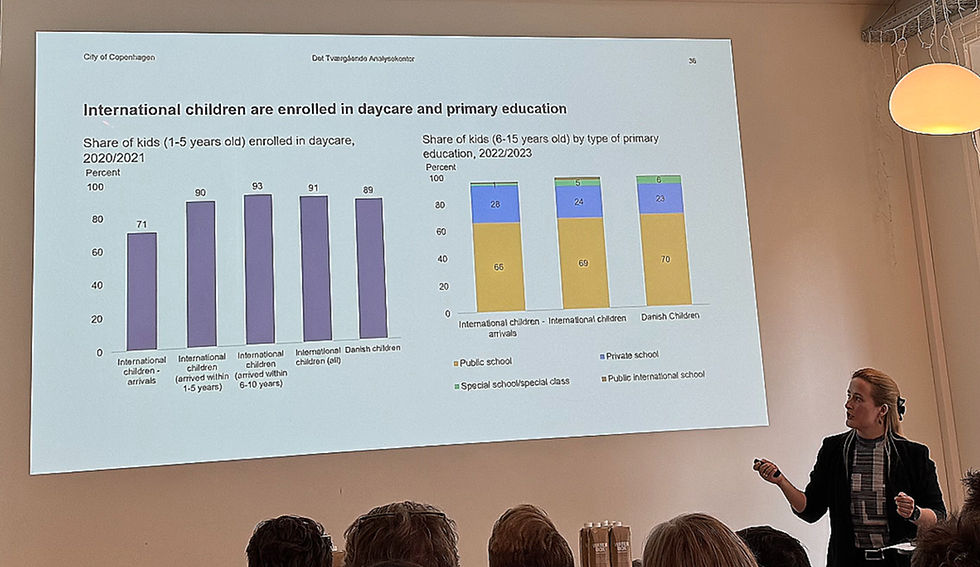Design Thinking vs Systems Thinking
- Gizem Tore

- May 15
- 2 min read
A Personal Reflection
When I discovered design thinking just two years ago, it felt like a gem, offering structure for my thought processes, which have always been a bit complex and inclined to synthesise multichotomies. Design thinking provided the clarity I had been searching for and allowed me to organise my processes in a beautifully clean way.
Perhaps that’s why it felt so natural when Don Norman, in his course, introduced systems thinking into design thinking, reinforcing the idea that everything is part of a system, and that designers need to tackle root problems rather than just treating symptoms. Duh! :)
So the reason I was drawn to yesterday’s Morgenbooster by 1508 was the same:
The magnetic pull of complexity: "Systems".
Takeaways from Yesterday's Morgenbooster by 1508: Designing for Systemic Change
As always, defining the right problem in the right way matters.
The nature of the problem, people’s relationship to it, the environment, and the time frame for the solution all influence the complexity, what Don Norman would call a "wicked" problem.
Design Thinking and Systems Thinking don’t need to replace one another. In fact, they complement and extend each other.
Transition design focuses on complex challenges and approaches them through systems thinking.
Systems thinking offers many juicy tools worth learning and applying—some of which overlap with design thinking and service design: leverage and intervention points, feedback loops, ecosystem mapping, and more.
You can download 1508’s beautifully crafted storytelling around the topic here and explore their upcoming Morgenbooster sessions.
Spoiler alert: more hot topics such as AI and inclusion in education are on the horizon.
For further exploration, here is ChatGPT's comparison between two approaches based on academic readings and books like This is Service Design Thinking, This is Service Design Doing, and key theorists:
Design Thinking | Systems Thinking | |
Origin | Design disciplines, human-centred design (IDEO, Herbert Simon) | Systems sciences, cybernetics (Donella Meadows, Peter Senge) |
Core Focus | Reframing problems around human needs; iterative solution generation | Understanding interrelations and feedback loops in complex systems |
Approach to Complexity | Reduces complexity into manageable user-centred problems | Embraces complexity; aims to understand how elements interact |
Problem Scope | Near-term, localised interventions | Long-term, systemic impact |
Key Tools | Personas, journey maps, service blueprints, prototypes | Systems maps, causal loop diagrams, stock and flow models |
Mental Model | Empathy, iteration, creative confidence | Holism, leverage points, feedback awareness |
Application in Service Design | Used to create user-centric touchpoints and flows | Used to map ecosystems, understand constraints, identify root causes |


